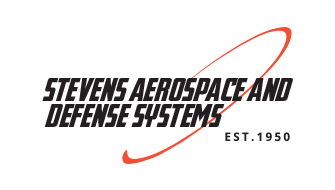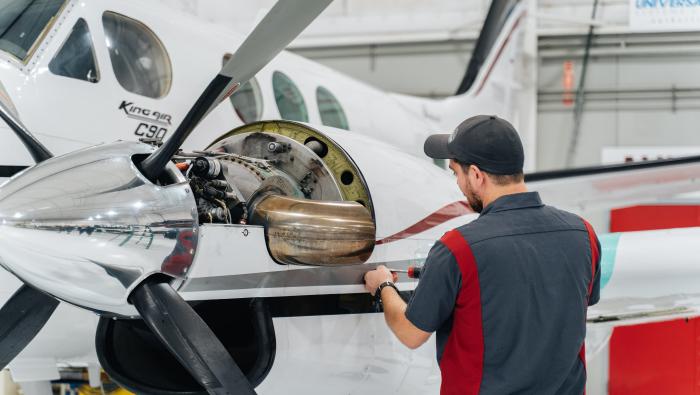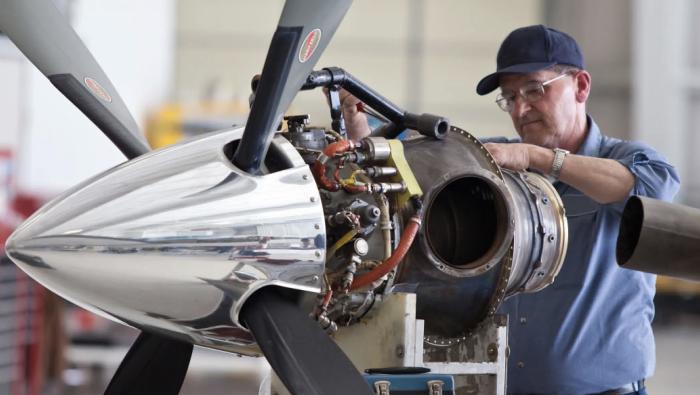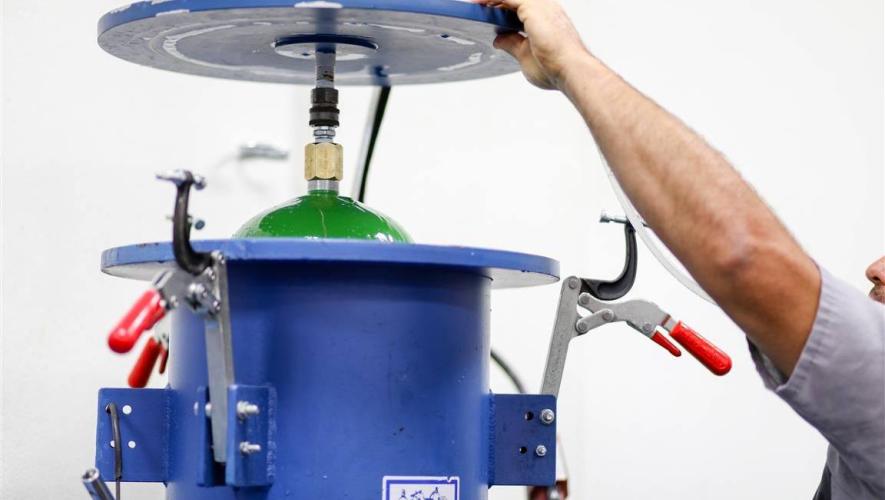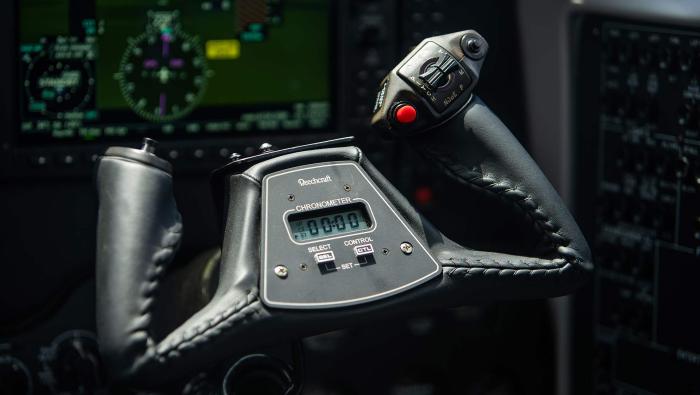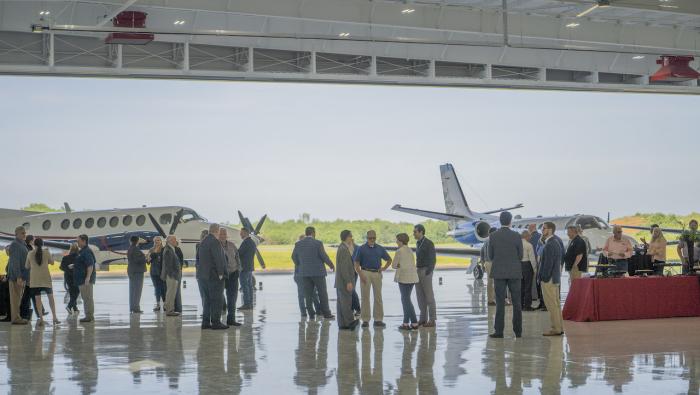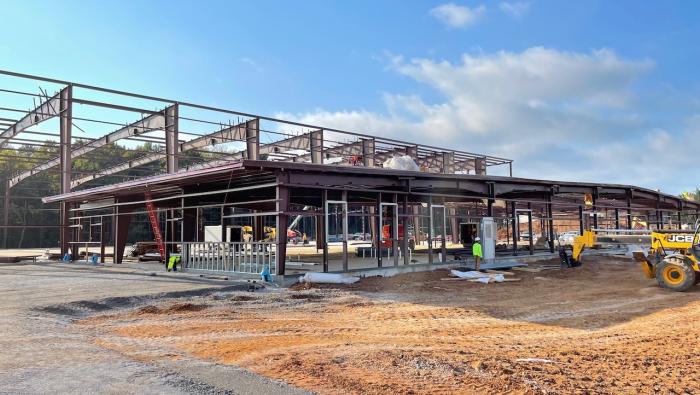Congratulations on your new aircraft! Now that you’re enjoying your time in the air, it’s essential to consider what happens when you inevitably need maintenance. In this series, we’ve been covering the importance of several topics when it comes to aircraft ownership including initial communication, the induction process, and the process of new paint and interior design. In this article we will pick up where we left off, which would be what you should be expecting while your aircraft is in the hangar for maintenance and the level of communication that will be the game changer between a stressful or stress-free maintenance experience. If you missed any part of this series, you can find past articles here at https://23271417.hs-sites.com/so-you-own-and-operate-an-aircraft.-now-what .
With that, let’s dive in!
So, we are talking about communication again, and that’s because it’s probably the most important part when working with a maintenance provider. Let’s start with the “HOW” and the “WHO” of communications. Up to this point, you’ve most likely been working with your sales rep. Unless your sales rep is wearing multiple hats, including project manager, maintenance manager, avionics manager, business office, and quality assurance, you most likely will be getting a new point of contact (POC) for when your aircraft enters the hangar all the way to when you’re ready to fly off into the sunset again. This new POC is generally your technical service representative (TSR), or project manager, and this introduction should have been made during one of your induction meetings prior to your aircraft rolling through the hangar doors. We covered that part in this article: https://23271417.hs-sites.com/so-you-own-and-operate-an-aircraft.-now-what/initial-communication-0-0. The TSR’s main purpose is to establish a “continuous, clear, and concise communication channel” with you so that everyone from the owner/pilot to the technicians and support staff are all on the same page.
Now that we’ve established the WHO, let’s move on to the HOW of communications.
The line of communication and how frequently you touch base should have been established at the induction event, or perhaps the pre-induction meeting. Here are just a few examples of the different types of communications that you can expect:
- Daily Updates
Unless you’ve agreed otherwise, your TSR should be communicating with you at the end of the workday, every day. This communication should include updates on what was accomplished that day, any additional information needed from you or your team, relaying any specifics you need to know about, what should be accomplished tomorrow, and finally if your previously agreed return to service date (RTS date) is still on track. - Major Findings or Showstoppers
Some people rely on daily updates and some customers opt to only get a phone call when the job is done. But if there are any major findings on your aircraft, your TSR should be contacting you the minute they find the issue. These are going to be items found during the inspection, like corrosion, or significant component failures, that can or will move that RTS date or change the previously discussed workscope. You can expect your TSR to cover why the problem occurred, the plan to resolve it, and an explanation of the changes in cost and expected impact on the RTS date - if there is one. - Progress Billing and Deposits
Some major installations or repairs (whether scheduled or found during an inspection) will have your aircraft in the facility for a few months or longer. Your TSR should be communicating with you on necessary progress payments or deposits needed for higher cost components or lengthy labor-hour jobs. This should not be a surprise as these arrangements should have been set and agreed upon early on. Communication and information on this is critical to keep things flowing during the maintenance event as well as keeping everyone on the same page. - Additional Billing
This phrase sounds bad right from the start and can send chills down the spines of many owners/operators. No one wants to hear the words “additional billing”, however, some items will have financial and timeframe changes that your TSR should be communicating with you about to ensure you’re getting the best alternative to fit your mission and budget. Let’s take component cores as one example. Your TSR should be looking for options that include flat-rate exchanges where the final billing is known up front or a standard exchange where there “may” be additional billing once the facility evaluates your “core”. Keep in mind that some vendors may take 30 days or more to review your core and information on that “additional billing” may not be known until sometimes after you have already flown back home. On occasion your core may be “beyond economical repair” (BER), and if so, your TSR should be communicating that as well to continue to give you a concise and clear understanding of the entire process, and cost. - When Your Plane is Ready
One of the dates you care most about during this entire process is the one when you can come back to pick up your freshly maintained aircraft. From day one, your TSR should be communicating with you on the agreed-upon RTS date and any changes to that date that were made with findings during the inspection. If the date has changed, you should already have heard the “why” behind that change prior to scheduling your pickup date. Also, prior to picking up your plane, complete billing information should be delivered, explained in detail, and financial arrangements put into place. With that, any additional billing not yet known (like the core charges we mentioned above) are explained and “agreed arrangements” are set for those too. This way, there are no surprises on the day you arrive, allowing you to handle the paperwork, pick up your keys, inspect the plane, pre-flight as usual, and get back to normal life.There’s a lot of moving parts in this process and your TSR is the critical link here that keeps it all working and communicating smoothly. They serve as a hub working in constant “two-way” communications with the technicians, quality assurance, the billing office, multiple vendors, your sales rep, and most importantly you. In the end, this level and frequency of communication may seem a lot at times, but it keeps you and the facility team in-sync, with agreed expectations, and avoids those surprises you’ve probably experienced in other places on the day you expected to fly home. Having a TSR that you trust to “over-communicate” can truly be the difference between an enjoyable vs. frustrating maintenance experience. Continuous clear concise communication is the standard and the goal you should expect and receive from your repair facility.
Keep an eye out for our next article in this series where we chat about the importance of what happens after your aircraft leaves the maintenance facility.
Have questions we haven’t answered yet? Let’s chat! You can reach out directly to Phil Stearns at pstearns@stevensaerospace.com or you can find topic experts on our website.
Safe flying!
